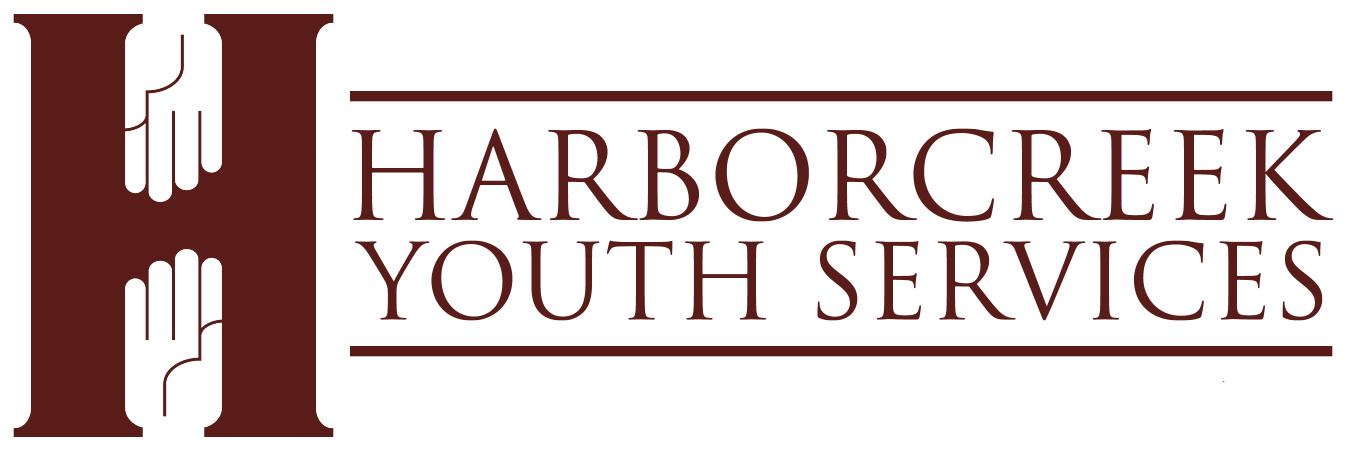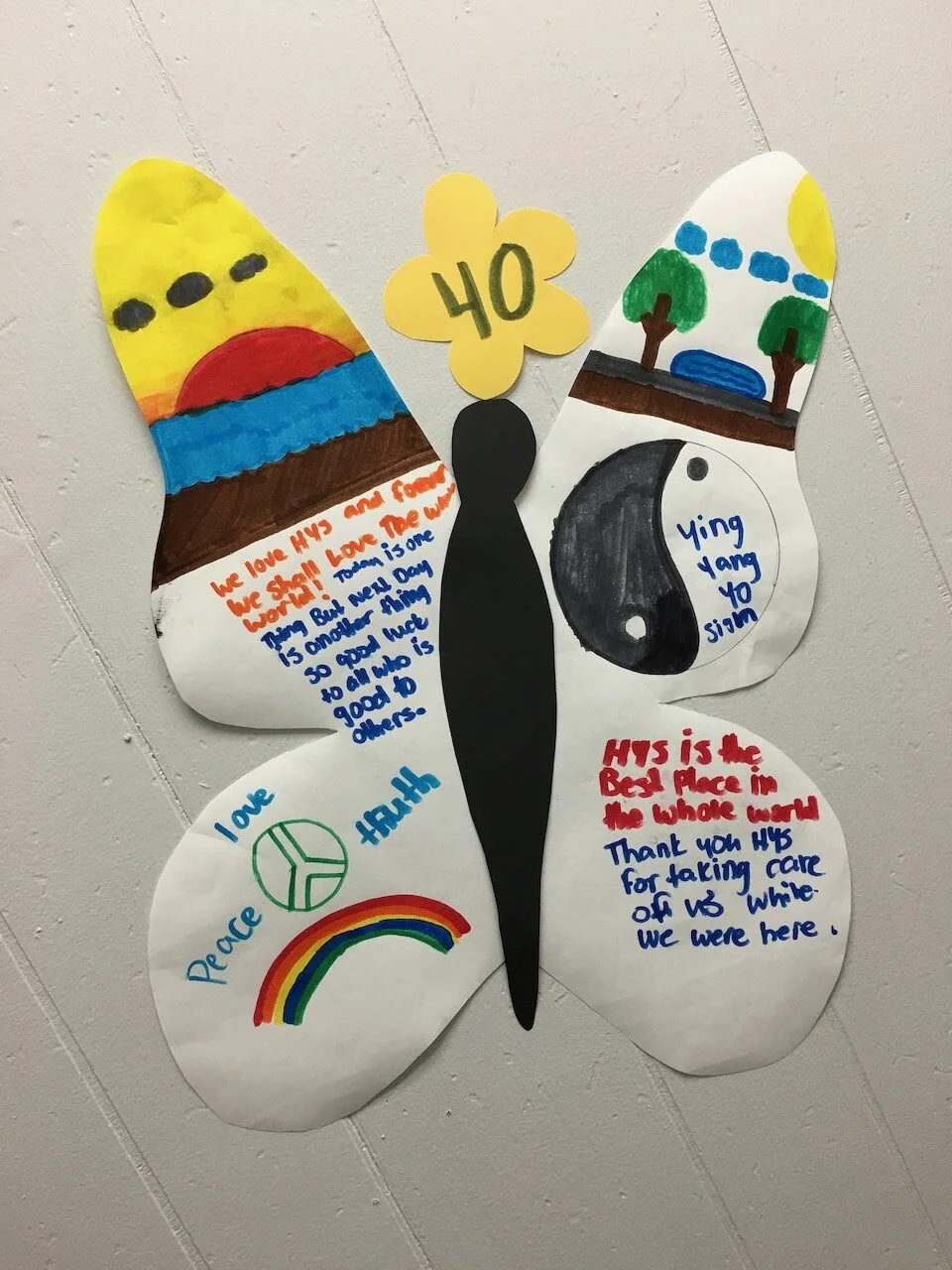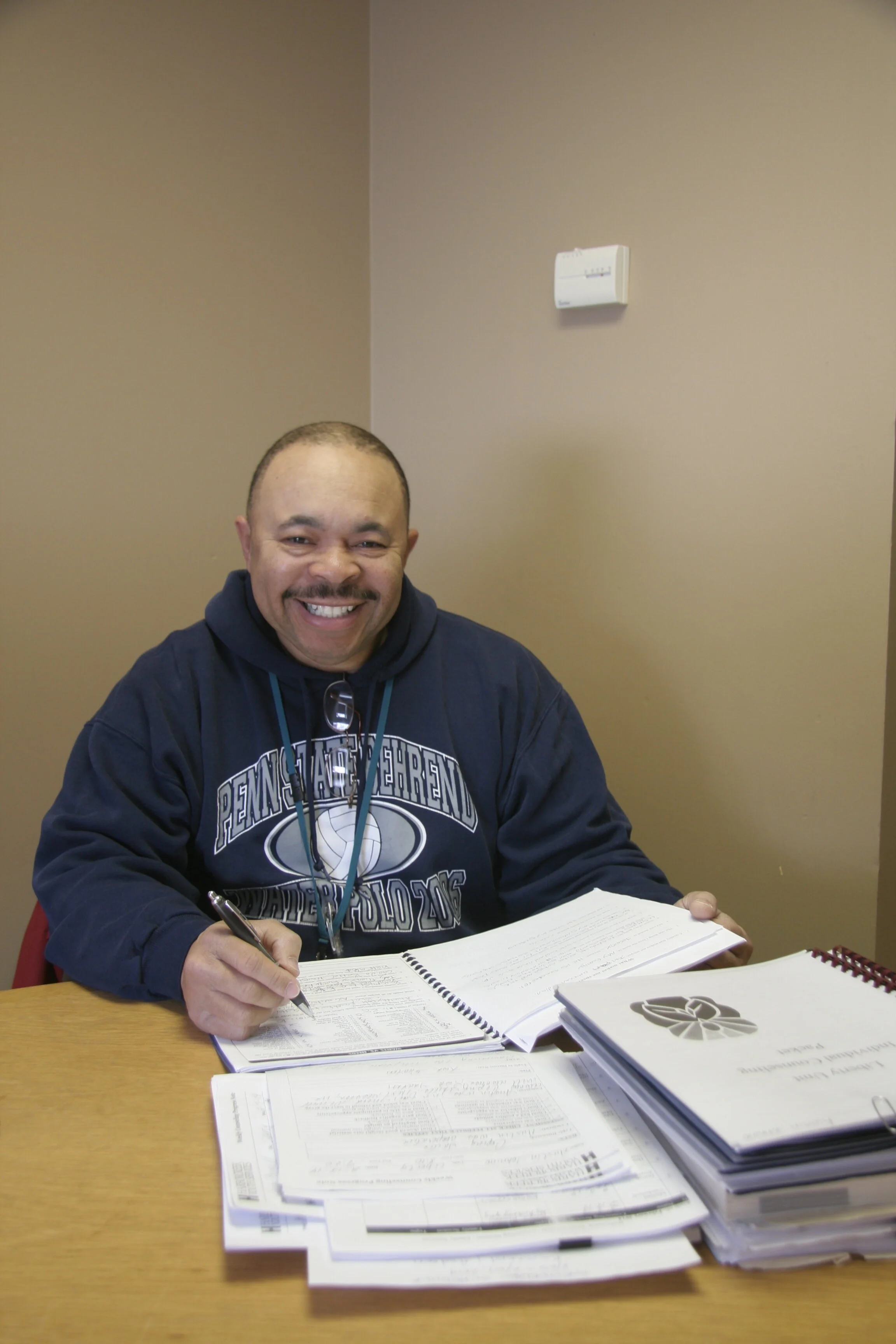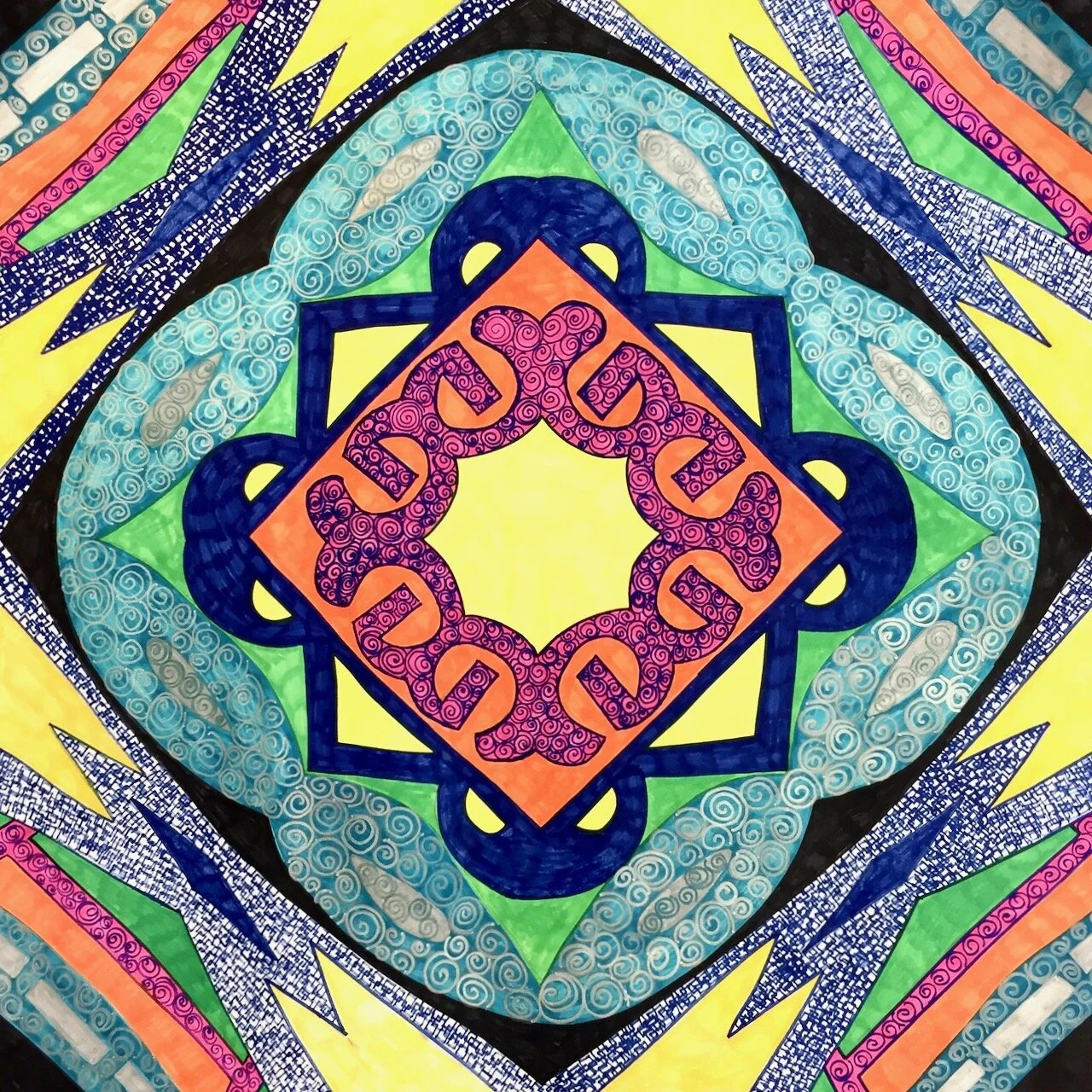
Trauma Intervention Program
Understanding Trauma
What is trauma?
According to SAMHSA’s Trauma and Justice Strategic Initiative, “trauma results from an event, series of events, or set of circumstances that is experienced by an individual as physically or emotionally harmful or threatening and that has lasting adverse effects on the individual’s functioning and physical, social, emotional, or spiritual well-being” (*SAMHSA, 2014, p. 7). Trauma can affect people of every race, ethnicity, age, sexual orientation, gender, psychosocial background, and geographic region. A traumatic experience can be a single event, a series of events, and/or a chronic condition (e.g., childhood neglect, domestic violence). Traumas can affect individuals, families, groups, communities, specific cultures, and generations. It generally overwhelms an individual’s or community’s resources to cope, and it often ignites the “fight, flight, or freeze” reaction at the time of the event(s). It frequently produces a sense of fear, vulnerability, and helplessness.”
How can trauma affect someone’s life?
Harborcreek Youth Services uses the latest, evidence-based treatment modalities to combat the effects of trauma in a child’s life.
“For some people, reactions to a traumatic event are temporary, whereas others have prolonged reactions that move from acute symptoms to more severe, prolonged, or enduring mental health consequences (e.g., post-traumatic stress and other anxiety disorders, substance use and mood disorders) and medical problems (e.g., arthritis, headaches, chronic pain). Others do not meet established criteria for post-traumatic stress or other mental disorders but encounter significant trauma-related symptoms or culturally expressed symptoms of trauma (e.g., somatization, in which psychological stress is expressed through physical concerns). For that reason, even if an individual does not meet diagnostic criteria for trauma-related disorders, it is important to recognize that trauma may still affect his or her life in significant ways.” (*SAMHSA, 2014, p. 7)
“The impact of trauma can be subtle, insidious, or outright destructive. How an event affects an individual depends on many factors, including characteristics of the individual, the type and characteristics of the event(s), developmental processes, the meaning of the trauma, and sociocultural factors.” (*SAMHSA, 2014, p. 59)
What kinds of trauma do we see in the young people and families we serve?
At HYS, we see youth who all have had differing levels of exposure to trauma, which can occur as single, repeated, or sustained/chronic instances, in a variety of environments and forms. While the individual circumstances that bring a young person to HYS may vary, what every client has in common is a history of these types of more complex trauma. Many youth entering treatment here have a history of abuse, neglect, food insecurity, poverty, and other complicated issues that require the highest level of behavioral health care.
What steps is HYS taking to address these issues?
Harborcreek Youth Services is a Certified Sanctuary® Organization and employs a Developmental Trauma Treatment Model that recognizes the impact of complex trauma on a youth’s development, acknowledging that a child may experience difficulties in emotional, behavioral, cognitive, and even physical development that can interfere with necessary growth and change. Approaching treatment from a trauma-informed standpoint is the cornerstone of developing an individualized treatment plan that meets them where they are and provides a safe environment in which they can learn and progress.
The Sanctuary Model® is based on seven shared values or commitments:
Nonviolence: Being safe physically, emotionally, socially and morally
Emotional Intelligence: Managing our feelings so we don’t hurt ourselves or others
Social Learning: Respecting and sharing the ideas of our teams
Shared Governance: Shared decision-making
Open Communication: Saying what we mean and not being mean when we say it
Social Responsibility: Together we accomplish more. Everyone makes a contribution to the organizational culture
Growth and Change: Creating hope for our clients and ourselves.
What are the results?
Our goal is to help return young people to their communities with a sense of hope and purpose. By working with them to develop new skills and coping mechanisms, we aim to help them overcome the debilitating effects complex trauma can create. Our model does not rely solely on traditional talk therapy, but also gives these young people other ways to express how trauma has impacted them, like Art Therapy, Yoga and Music Therapy. Progress is measured across a spectrum and can often be seen in ways like improved family relationships, physical and mental health improvements, and educational milestones. While we cannot change that child’s past, we can equip them with skills, tools, resources, and support for a much brighter future.
HYS’ Developmental Trauma Model and Individual Therapy
Our Developmental Trauma Treatment Model recognizes the impact complex trauma has in every aspect of the child’s life. Some of the techniques our therapists use to address trauma in individual sessions include:
Progressive Counting
This research-supported therapy was developed by Dr. Ricky Greenwald of the Child Trauma Institute. It is used to reduce or eliminate symptoms such as anxiety, depression, guilt, anger, and post-traumatic reactions. It can also be used to enhance psychological resources such as confidence and self-esteem. The procedure involves having the client visualize a series of progressively longer "movies" of the trauma memory while the therapist counts out loud (first to a count of 10, then 20, then 30, etc.). By repeatedly imagining the movie of the memory, the memory gets "digested" or healed, via desensitization, emotional processing, gaining perspective, or other means.
Eye Movement Desensitization Reprocessing (EMDR)
EMDR therapy is a cost-effective, non-invasive, evidence-based method of psychotherapy that facilitates adaptive information processing. EMDR therapy identifies and addresses experiences that have overwhelmed the brain’s natural resilience or coping capacity, and have thereby generated traumatic symptoms and/or harmful coping strategies. Through EMDR therapy, patients are able to reprocess traumatic information until it is no longer psychologically disruptive.
Rev. James Hudson, Child Care Counselor
Trauma Focused Cognitive Behavior Therapy (TF-CBT)
Trauma-Focused Cognitive Behavioral Therapy is an evidence-based talk therapy approach shown to help children, adolescents, and their parents (or other caregivers) overcome trauma-related difficulties, including traumatic events, abuse, violence and more. TF-CBT helps children address distorted or upsetting beliefs and attributions and learn skills to help them cope with ordinary life stressors.
The Good Life Program (for Problem Sexual and other Harming Behavior)
The Good Life Program provides a trauma–informed, cognitive behavioral therapeutic approach for youth who have been referred with a history of problem sexual behavior. Launched in 2018 and under continued development by our clinical team, this program is based on the Good Lives Model for Adolescents who Sexually Harm (Print and Ward 2013). By using the Good Lives Model, we are employing an assessment and planning tool which assists the youth in realistically understanding what motivated their past behavior, and which changes are necessary for them to live the best life they can imagine. By addressing past trauma and envisioning a prospective “Good Life,” youth begin to build hope for their future, which is critical to motivation in treatment.
The Child Trauma Handbook by Dr. Ricky Greenwald of The Child Trauma Institute (2005)
This resource provides guidance and techniques for helping trauma-exposed children and adolescents, including the Fairy Tale Model, taking a trauma history, Future Movies Script, Map Out a Problem, “Safe Place” exercise, and more.
Ukeru®
Ukeru® is an award-winning system based in trauma-informed crisis management techniques that help youth and staff engage, sense, feel, and then respond to what someone is trying to communicate through their actions. Translated from the Japanese word for “receive,” Ukeru® does not involve physical intervention, thereby promoting a safe environment and avoiding both re-traumatization and escalation of aggressive behavior. This system supports the Sanctuary® principle that in order to reach a level of emotional safety, physical safety must come first.
Multisensory Approaches to the Treatment of Trauma
HYS has been informed by recent advances and thought leaders in trauma research, which indicate that the impact of trauma may be stored throughout the body and will require more than traditional talk therapy for healing and growth. For this reason, HYS relies heavily upon multisensory treatment modalities delivered by certified and licensed therapists, including:
Art Therapy
Music Therapy
Trauma-Informed Yoga
Therapeutic Writing
Progressive Counting
Eye Movement Desensitization Reprocessing (EMDR)
Trauma Release Exercises (TRE)
Multi-Sensory Reading Program for Traumatized Youth
As HYS further explored the impact of trauma on developing children we noted that many of our youth come to us reading far behind their designated grade level, and with a great deal of upset and behavior surrounding school. We found a local expert using an evidence-based program – The Barton Reading and Spelling System – and we immediately recognized something it had in common with our expressive therapies program: Barton is a Multisensory approach, and appeals to various parts of the brain and body instead of relying only on the compromised (in traumatized youth) higher brain.
A Fresh Start in Reading
A young resident in our St. Joseph's House is tutored in the Barton Reading and Spelling System by volunteer and HYS Board Committee Member Larry Serafin. During the pandemic, sessions moved online.
Many of the clients that come to Harborcreek Youth Services have had negative experiences within the school setting. Some were truant; many had failed courses; most had behavioral issues. Poor performance in school can be attributed to reading difficulties, and there are links between complex trauma and dyslexia. Rather than face the impact of not knowing how to read, it was easier for these boys to avoid school, fail to complete work, or act out to be viewed as the “bad” student, rather than be seen as the “dumb” student, as they felt they were viewed. All of these behaviors only exacerbated their educational issues, putting them further behind in academics - and specifically in reading. The results we have observed after working with kids in the Barton system have been phenomenal. Not only have these positive gains been noted in data, but gains were noted in the boy’s self-esteem and classroom performance!
Eligible youth are tutored in the Barton System at our on-campus school. This approach has begun to show promising results in helping our youth to leave HYS reading at grade level. Learn more about our Multisensory Approach to Trauma here!
To Make a Referral…
Call (814) 899-7664 and ask to speak with one of our Intake Coordinators.








